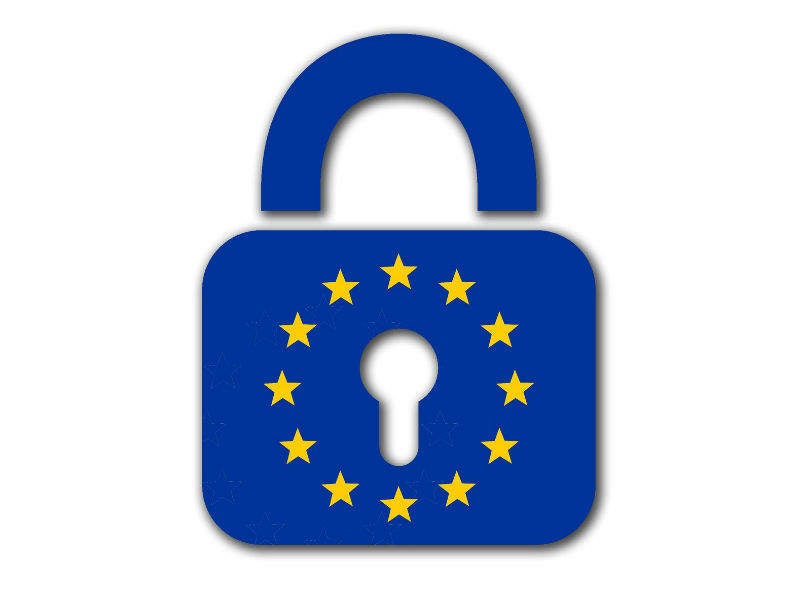
EU Medical Device Regulation Changes Explained
As we edge closer to 2020, medical device manufacturers are approaching their deadline to adapt their currently approved medical devices so they can meet the new expectations of the EU Medical Device Regulation (EU MDR) changes.
These EU medical device regulation changes were published on 5 May 2017 and will come into force on 25 May 2020. Preparations for the changes have created numerous challenges for regulatory professionals and the uncertainty of the outcome of Brexit is causing more confusion.

Discover B2B Marketing That Performs
Combine business intelligence and editorial excellence to reach engaged professionals across 36 leading media platforms.
For now, it remains unclear whether the UK will align its regulations for pharmaceuticals and medical devices with the EU. Failure to reach an agreement could result in duplicated regulatory efforts, wasted time and increased costs for manufacturers.
Below are the EU medical device regulation changes coming with the MDR that manufacturers should be aware of.
Legacy devices: keeping up with MDR
New conditions will need to be addressed for most legacy devices (CE marked under the previous regulations). Any existing products must be recertified to abide by the new regulations.

US Tariffs are shifting - will you react or anticipate?
Don’t let policy changes catch you off guard. Stay proactive with real-time data and expert analysis.
By GlobalDataMost companies will be required to update clinical data, technical documentation, and labelling.
Unique Device Identification (UDI) will be enforced to help track devices throughout the economic operator supply chain and will be added to all labels.
Broadened definitions of regulated devices
The new regulation is four times longer than its predecessor and has significant changes in the wording used. Companies will need to rationalise their portfolios and conduct global impact assessments so they can implement the changes necessary to remain compliant.
Medical purpose devices and active implantable medical devices (AIMD) are now included the MDR.
The EU medical device regulation changes will also see the definition of medical device broadened to include non-medical and cosmetic devices which were not previously regulated. This will include device-specific cleaning products as well as contact lenses, liposuction equipment and epilation lasers.
Heightened safety measures and risk management
Manufacturers will need to provide more in-depth clinical data which proves safety and performance claims and have tighter equivalency standards.
Manufacturers will have to report all incidents, injuries and deaths into an EU portal that will contain relevant data so patients have access to safety-related information. The deadline for reporting incidents that did not result in death or serious deterioration in health has been changed from 30 days to 15 days.
Companies which are transitioning will need to revisit core processes including quality assurance, risk management, and post-market expectations.
Many medical devices will be reclassified as higher risk and a new classification for reusable surgical devices has been created.
In vitro diagnostics are now classified into four risk classes. Each class will require a notified body review for about 90% of the devices. This is a steep rise up from the current 10%.





